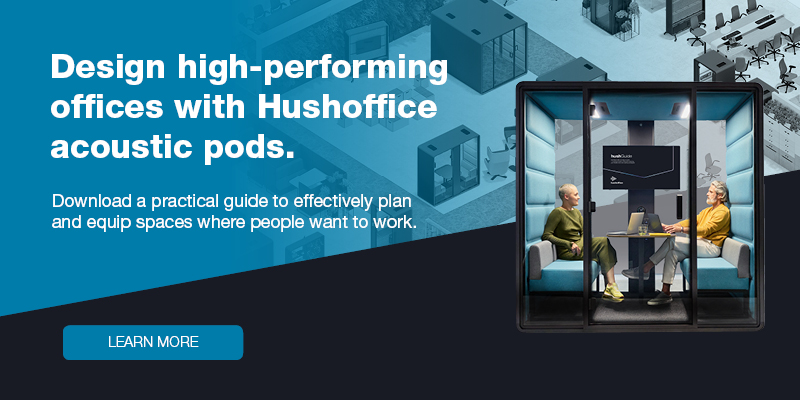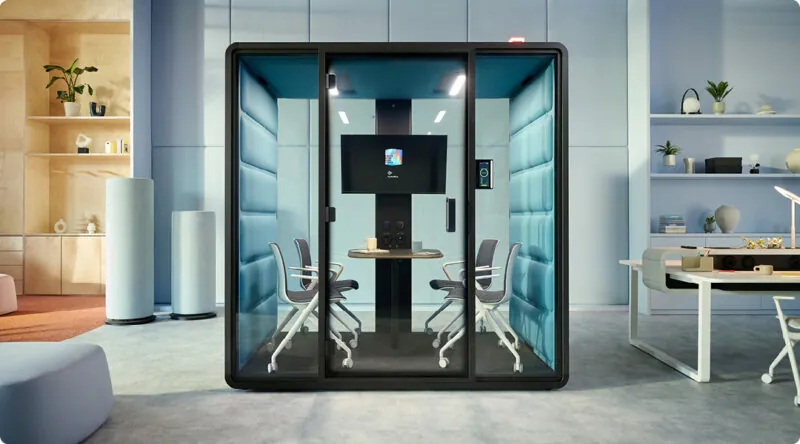Win amid the Great Resignation by giving people freedom
- Posted on: 1 February 2023
- By: Hushoffice Team
The Great Resignation. The Big Quit. The Great Reshuffle. Whatever we call it, the elevated rate at which workers have left their jobs since the spring of 2021 has been a force to reckon with. How to win amid it? Be the greener pastures employees seek. Give them freedom.
Giving employees freedom amid Great Resignation and Big Quit – tl;dr
A record 4.5 million workers left their jobs in November of 2021 in the US alone. Globally, nearly half of the workforce was considering resigning at the time. And between 2020 and 2021, time to fill a role jumped 18%. What’s more, today, about half of job candidates are considering three offers at once.
Quiet Quitting is an early indicator of more resignations. Both are functions of engagement, and the ratio of engaged to actively disengaged employees is the lowest in almost a decade. In fact, Quiet Quitters (employees who are not engaged) make up roughly half the workforce in the US.
The way to win in today’s employee’s market is to give current and prospective hires more freedom through adjustable schedules and remote policies. 56% of employees see flexibility as a major draw when job seeking. 41% expect to be able to work from home at least once a week.
The Great Resignation by the numbers….
As a reference point, the US’s quit rate reached a 20-year high in November of 2021, with a record 4.5 million workers leaving their jobs that month alone. The trend was worldwide; nearly half of the global workforce was considering quitting their job at the time.
Executives feel the pinch for talent.
73% were appropriately worried about an imminent labor shortage, with 57% seeing talent attraction as their top challenge and 51%, retention. A whopping 88% had unnaturally high turnover, after all.
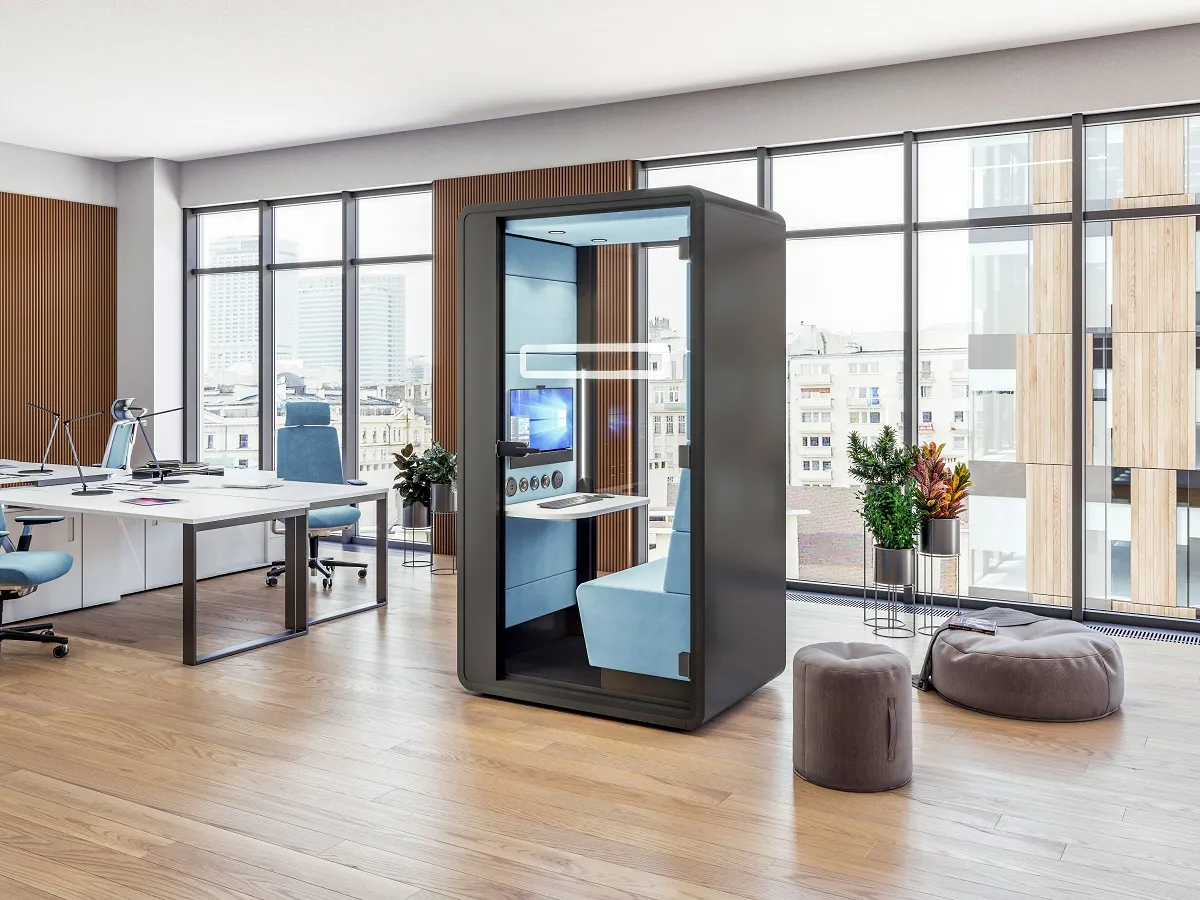
Time to fill a role jumped by 18% between 2020 and 2021.
And about half of today’s candidates are considering three offers at once. It’s undoubtedly an employee’s market. And today’s employees are sure of their worth; 54% of those who left during the Great Resignation did so because they didn’t feel valued by their employer.
Let’s dig into the details for more insight.
Younger generations drove the mass exodus.
The “Big Quit” was led by Gen Y and Gen Z, the groups most dissatisfied with their work life. In August of 2021, for reference, 56% of those 18-24 planned to switch jobs within the year. This is largely because younger workers felt less and less cared about or connected as the pandemic progressed.
Read: What does Gen Z want out of the office? and 4 research-backed ways to retain millennials (Gen Y)
People’s hearts just aren’t in it like they were pre-2020.
The ratio of engaged to actively disengaged employees is now 1.8 to 1 — the lowest in almost a decade. And, of course, resignation is a function of disengagement. When an employee is checked out, they’re dreaming of greener pastures, ready to leave for those pastures the moment they materialize.
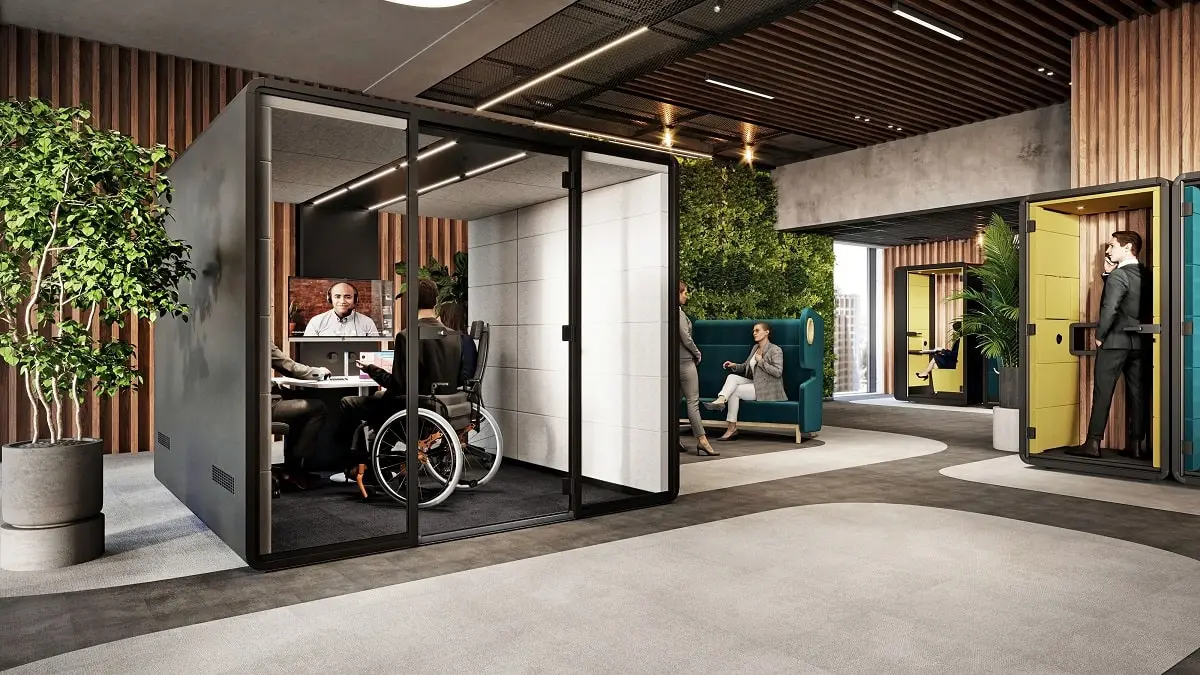
Quiet Quitting, a kindred case of disengagement.
A quiet quitter has thrown in the towel. They are plugged just enough to do the very least. They’re people who are “not going above and beyond at work and just meeting their job description,” says Gallup. Put simply, they’re not engaged.
Quiet Quitters make up at least half the workforce in the US.
Think about that. It’s statistically possible that half of your team is emotionally elsewhere. Indeed, Gallup’s data linked above indicates that only 32% of the workforce is actually engaged. 50% are not (the quiet quitters). And the remaining 18% are actively disengaged (the loud quitters).
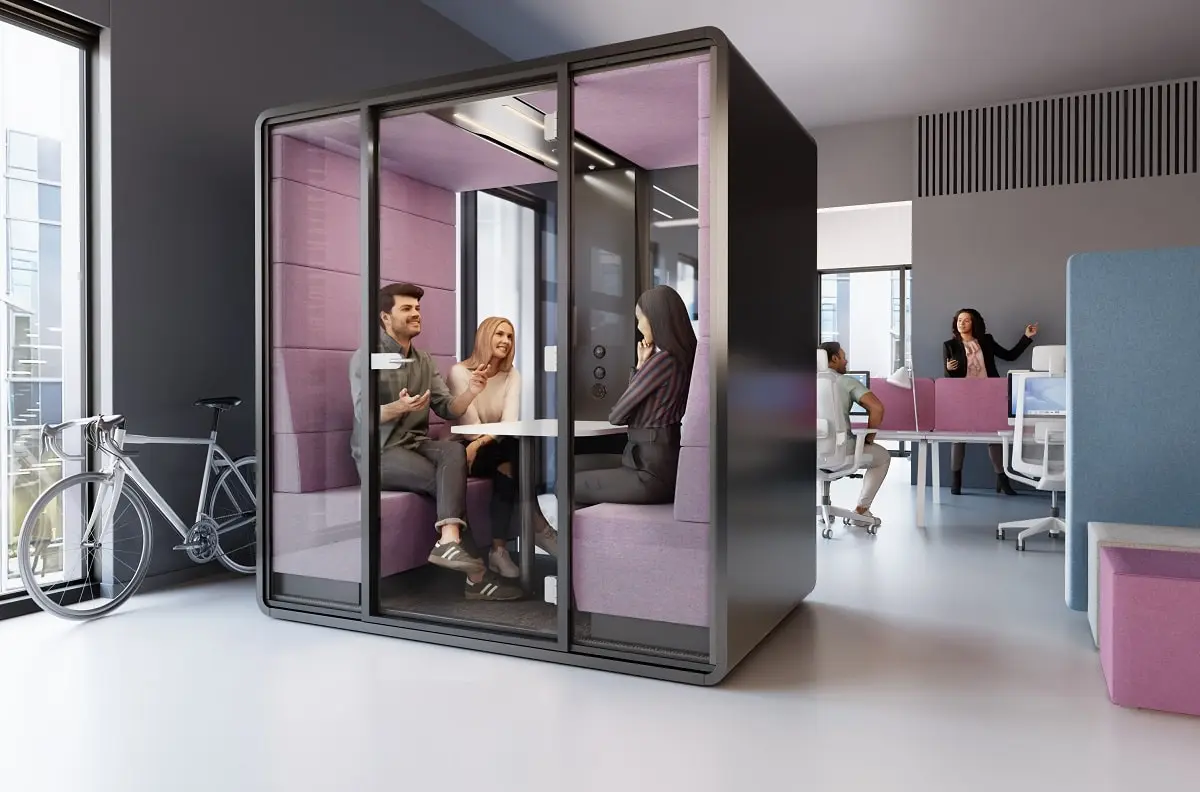
The Great Resignation and Quiet Quitting are two weaves of one thread.
Quiet Quitting is the canary in the coal mine. An early indicator of more resignations per pent-up unhappiness. For just like resigning, quiet quitting follows engagement’s falloff. When someone checks out, mentally they’re already out the door.
The underlying causes of both run deeper than pay or opportunity.
Employees left in droves due to a radical change of heart — a change generated by intense self-reflection throughout the pandemic. Going remote altered the way people thought about work and catalyzed a values audit. What’s certain is that today’s workforce wants more out of work and life alike.
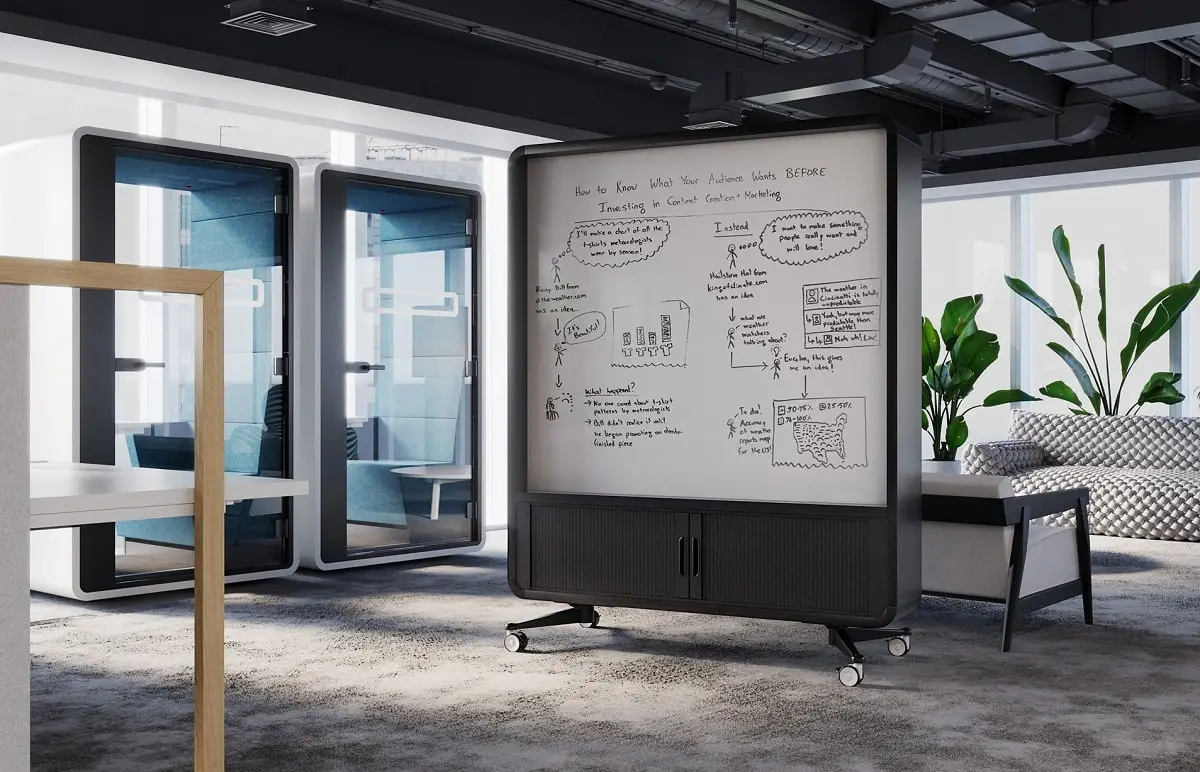
Gartner’s team of researchers wisely advises thinking of the Great Resignation as a Great Reflection. To look at it from the perspective of the worker. Understand it from their point of view, not in terms of its numeral impact on your bottom line. This is the only way to really appreciate its root cause, which is a sea change in employee sentiment. More and more, people want their job to add onto their life, not take away from it
– offers Mateusz Barczyk, Senior Brand Manager, Hushoffice.
Gartner’s Hybrid & Return to Work survey numerifies the workforce’s change of heart.
65% of employees said the pandemic made them rethink work’s place in their life. 62% said it made them long for a significant change. 56% said it made them want to give more to society. 52% said it made them question the point of their job.

Some people have lost interest in their function, field, or industry entirely.
In fact, since 2020, 56% of employees have applied to jobs totally outside of their previous career path. It’s apparent that the work-from-home era awakened people to their autonomy.
Burnout, soul searching, and a growing appetite for flexibility to boot.
Professor Anthony Klotz — who predicted the Great Resignation — accurately saw four pandemic trends contributing to today’s quit rates: burnout, shifting priorities, unwillingness to give up WFH, and a backlog of resignations (as some forewent jumping ship only to ride out uncertainty).
Read: 5 ways to prevent open office burnout
The key takeaway: flexibility must become the norm. Employees want freedom.
Survey after survey confirms what many of us are sensing. That, above all else, people want freedom. The company that offers more freedom — through flex schedules and generous WFH policies — is the company that earns long-term loyalty
– says Mateusz Barczyk, Senior Brand Manager, Hushoffice.
About 56% of workers deem flexibility a major draw when job seeking (more than pay or job security). 41% expect to work remotely at least once a week. Hence 80% of CEOs are increasing flexibility around work.
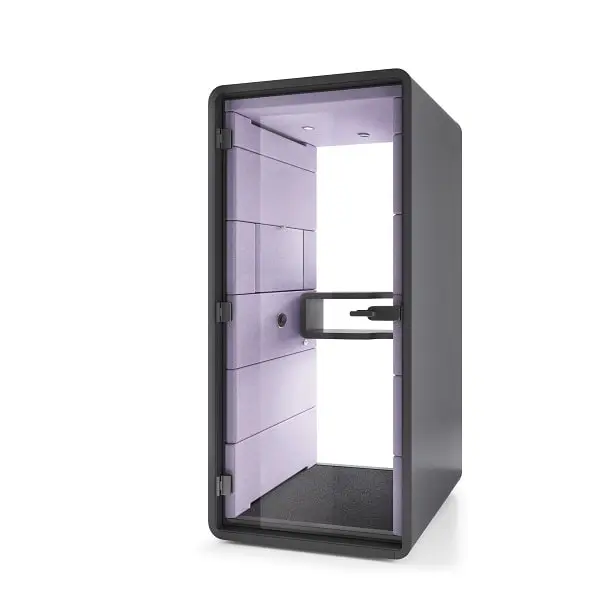
People are more tuned into their needs than ever.
The newly emerging flexibility-fiending cohort certainly knows what’s best for them; those with a flexible work experience are 3.2x more likely to show high intent to stay, 3.1x more likely to be less fatigued, and 3.8x more likely to be high performing.
Flexible work hours. Flexible work location. Flexible office itself.
This is the trifecta of flexibility and, ultimately, freedom that employees seek.
To be able to work when they want, where they want. To have more control over their environment in the office, whether in the form of dimmable lighting in a private work pod like hushHybrid, sit-stand ease at a bench desk like STAND UP R, or the ability to roll wherever creative juices flow at a portable whiteboard like hushWall. Today’s employee wants freedom at every step
– says Mateusz Barczyk, Senior Brand Manager, Hushoffice.
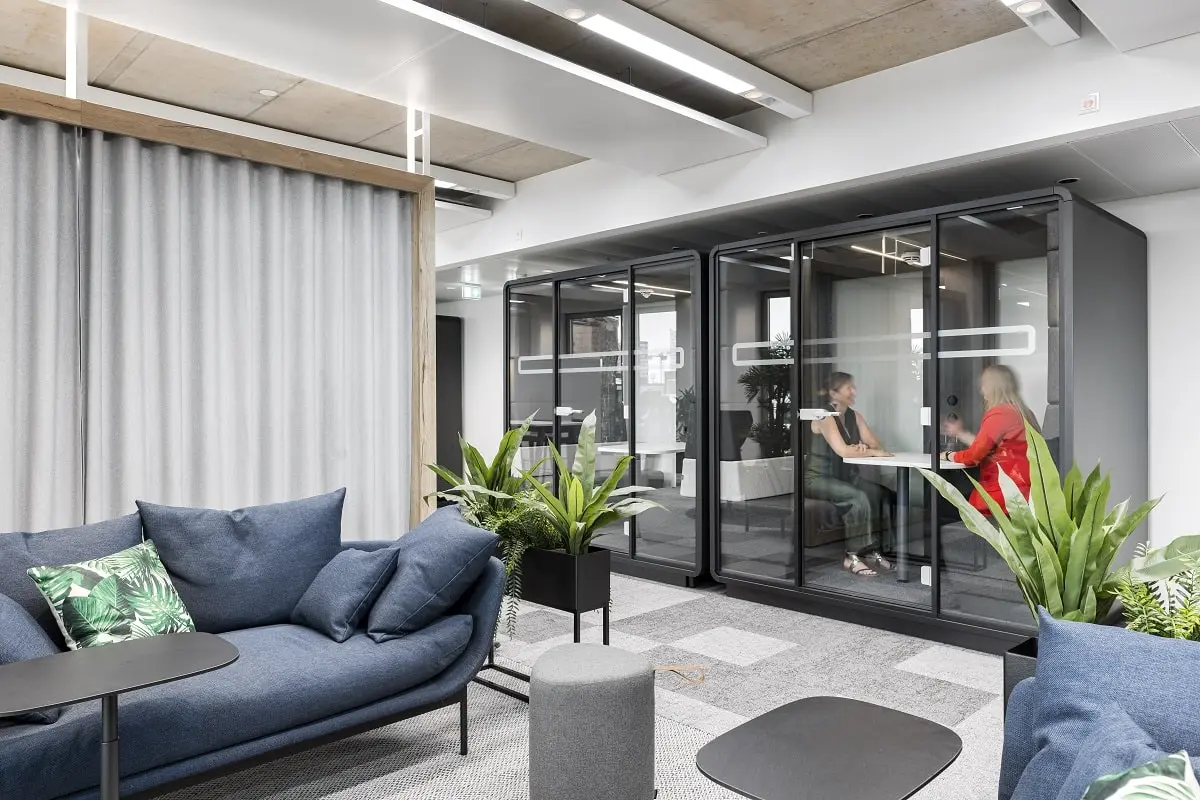
82% of employees say their employer must see them as a whole person, not just a worker.
Hence, the Great Resignation and Quiet Quitting are really a call to honor employee sovereignty. Flexibility is the surefire way to answer this call, whether through adjustable work hours or remote privileges.
Flexibility is humanizing. It empowers each employee to work how they work best.
Perks like alternative work schedules and location leniency affirm your trust in each teammate to fine-tune their own flow to optimality when left to their own devices, whether signing on from home or the office.
Flexibility lets people find balance, bringing about better well-being.
65% of CEOs are focusing on health and well-being to get talent. This is good news since more than half of employees now demand support for their wellness. For young generations, this demand is especially pronounced; many blamed burnout and bad work boundaries for their departure.
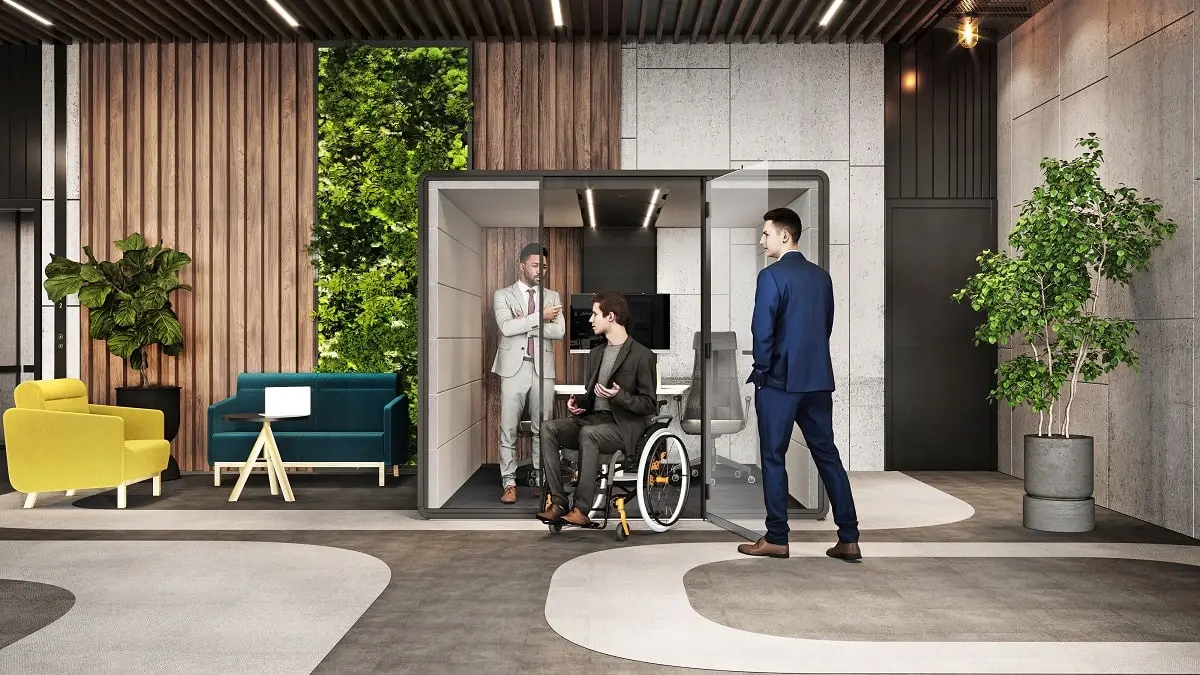
Read: Digital mindfulness is a matter of well-being
The worldwide burnout crisis makes such liberties as flexible schedules essential.
Flexible work hours can engender better well-being by letting employees plan their days in a way that tempers work with life, curbing overwork. Calibrating for harmony like this, people are more able to show up as their brightest, truest selves and consistently perform.
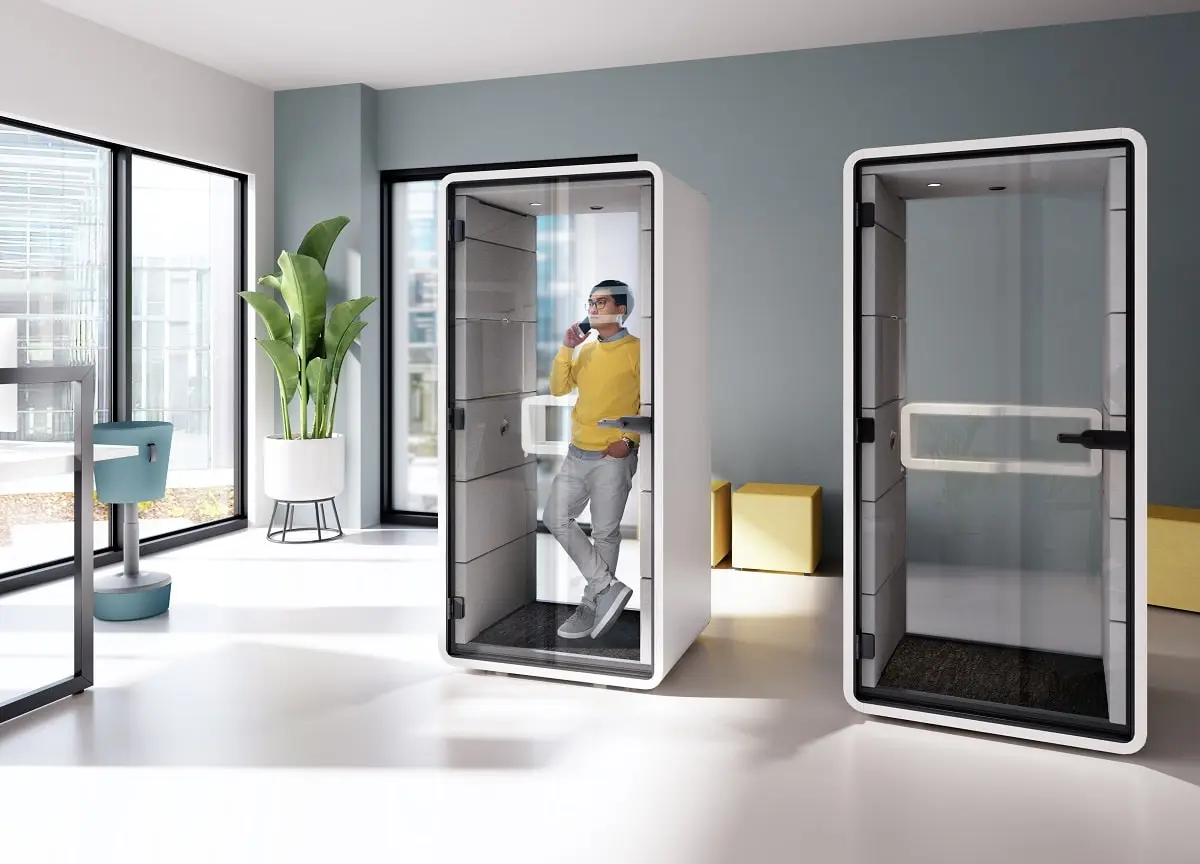
Read: Your best employees are your most authentic ones
We’ve embraced this era of change. Employees have, too.
They’re rightfully unlikely to compromise on their ask for more flexibility and freedom. And the data doesn’t lie: flexibility and freedom are just what one needs to be satisfied, committed long-term, more energized, and high-performing.
So… how are you giving your team and new talent more flexibility and freedom this year?
Amid the Great Resignation and Big Quit – frequently asked questions
How many people left during the Great Resignation?
A record 4.5 million workers left their jobs in November of 2021 in the US alone.
What are Quiet Quitters?
Quiet quitters are employees who are performing just the very bare minimum at work. They’re psychologically detached from their job. As a reference point, they account for about half the workforce in the US.
How do I win amid the Great Resignation?
Offer current and prospective employees more freedom through flex schedules and remote leniency. 56% of workers deem flexibility a major draw when job seeking. 41% expect the ability to work remotely at least once a week. And their preferences are keen; employees with flexible work experiences are 3.2x more likely to show high intent to stay, 3.1x more likely to be less fatigued, and 3.8x more likely to be high performing.

